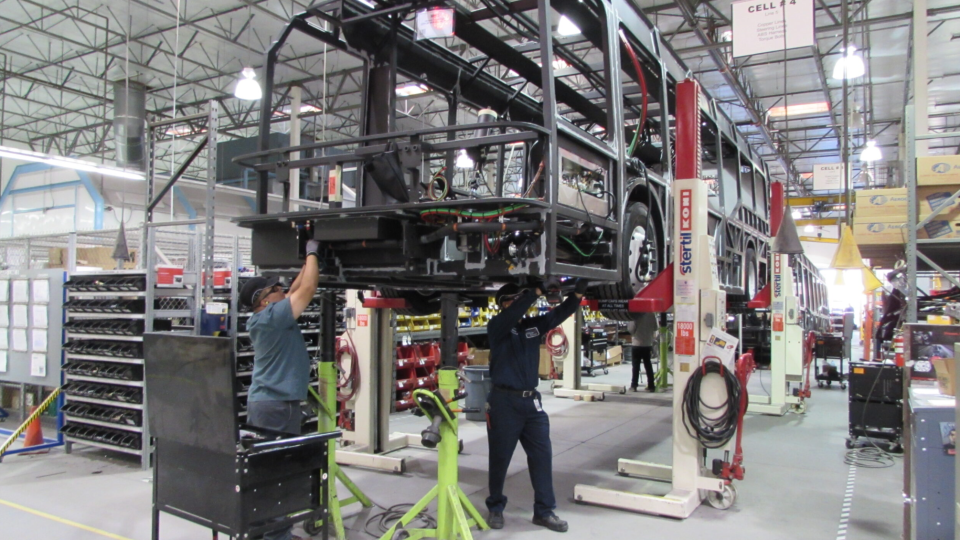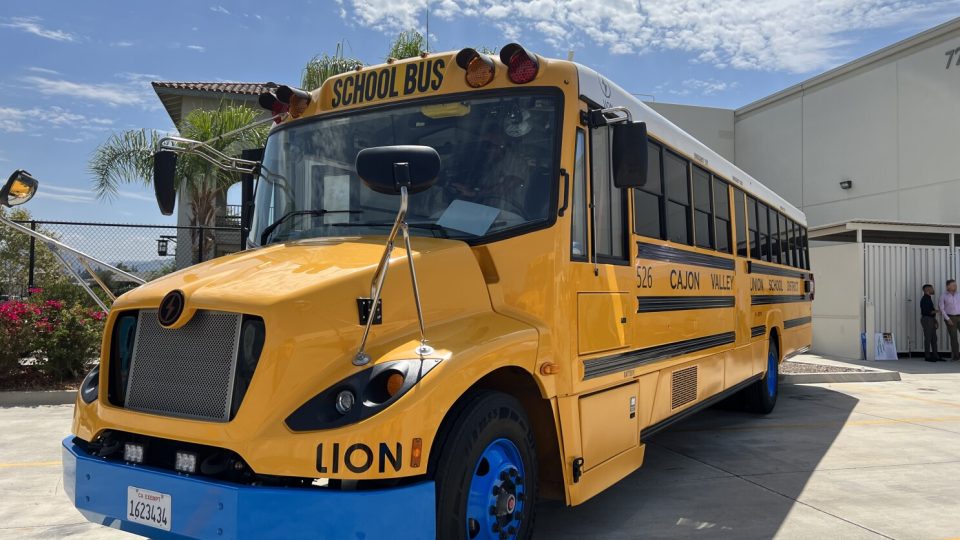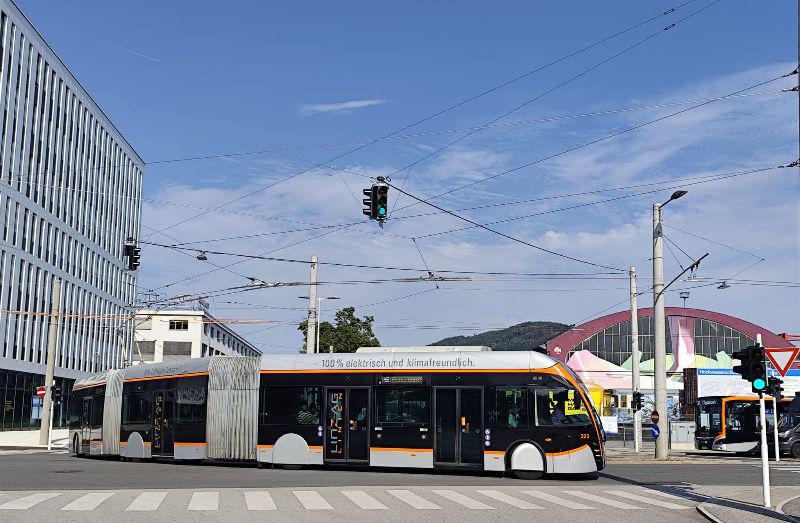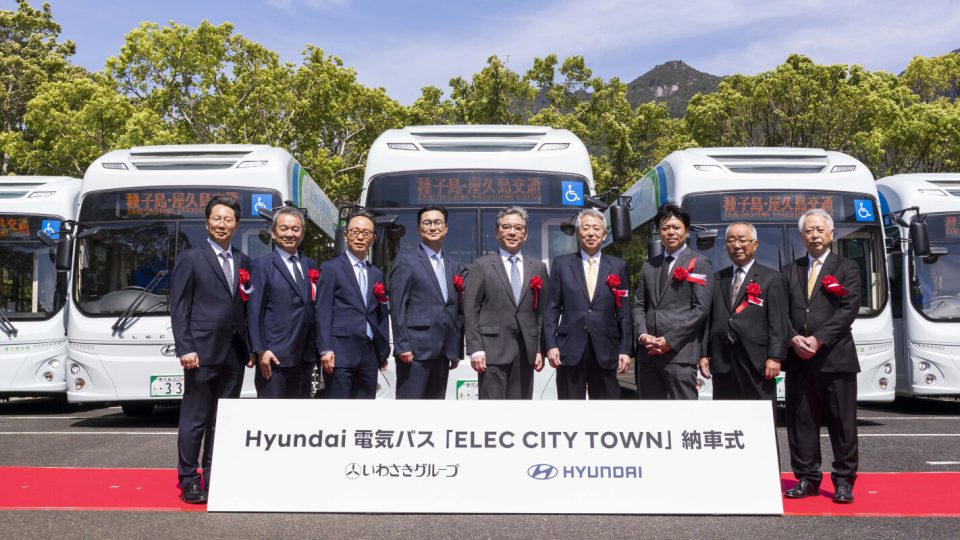CALSTART: e-truck models poised to increase in North America. E-buses… not so much
The electric commercial vehicles market in North America is poised to grow heavily in the next three years. Anyhow, the transit electric bus market will apparently not be the most affected by the trend, that will see interesting developments particularly in the heavy-duty truck field. The number of available and announced models of zero-emission trucks, buses […]
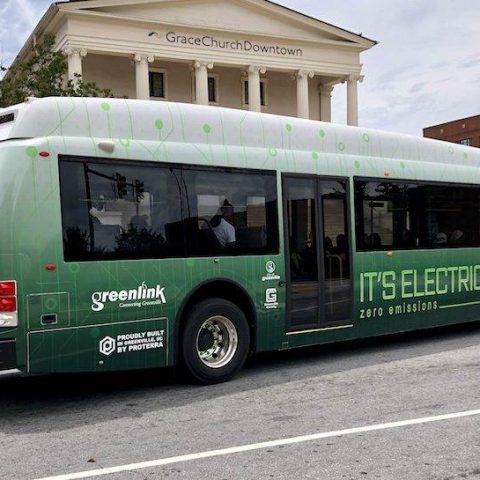
The electric commercial vehicles market in North America is poised to grow heavily in the next three years. Anyhow, the transit electric bus market will apparently not be the most affected by the trend, that will see interesting developments particularly in the heavy-duty truck field.
The number of available and announced models of zero-emission trucks, buses and off-road equipment in the United States and Canada is on track to rise nearly 78 percent by the end of 2020 compared to year-end 2019 – and that figure is expected to more than double by 2023, according to the the Zero-Emission Technology Inventory (ZETI) launched by CALSTART in the framework of its Global Commercial Vehicle Drive to Zero program (Drive to Zero).
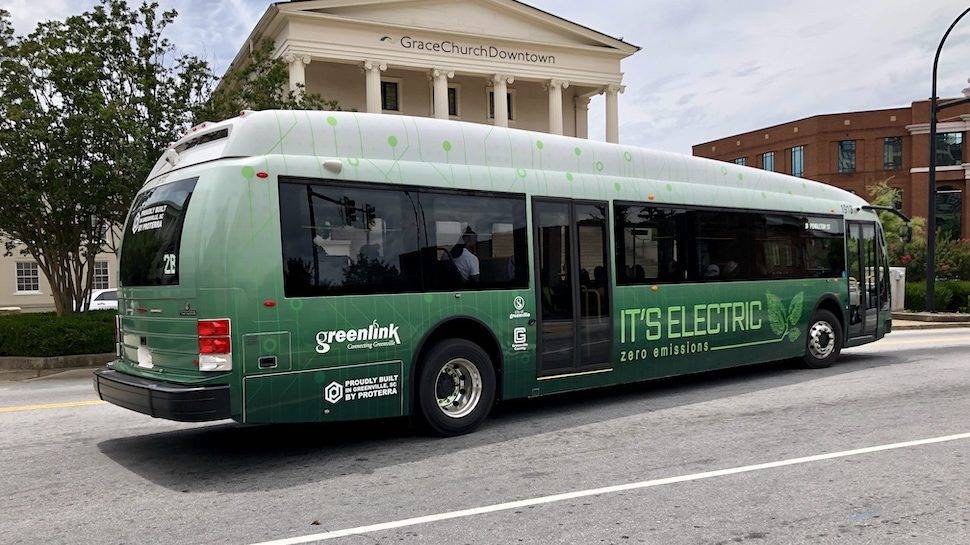
169 electric commercial vehicles in North America by late 2020
According to CALSTART, by the end of 2020, there will be 169 different zero-emission (ZE) medium- and heavy-duty vehicle models in commercial production compared to 95 models in 2019. That figure is expected to increase to 195 models by 2023. ZETI, source of the findings, is an interactive online tool that tracks the growth of the ZE commercial vehicles globally, as measured by model availability.
“The 2020 growth curve can be tracked to a number of factors – the biggest one being demand,” said Cristiano Façanha, Drive to Zero’s Global Director. “Local, regional and state governments as well as corporate innovators have set strong commitments for fleet electrification and manufacturers want to supply the vehicles they require.”
Anyhow, taking a look at the graphs, the growth will involve also transit buses, but less than other segments. Transit bus segment, besides MD truck, is the one that feature the largest number of electric models so far, according to CALSTART figures. Heavy-duty trucks are set to register the major growth in term of number of models, as the starting number is very low.
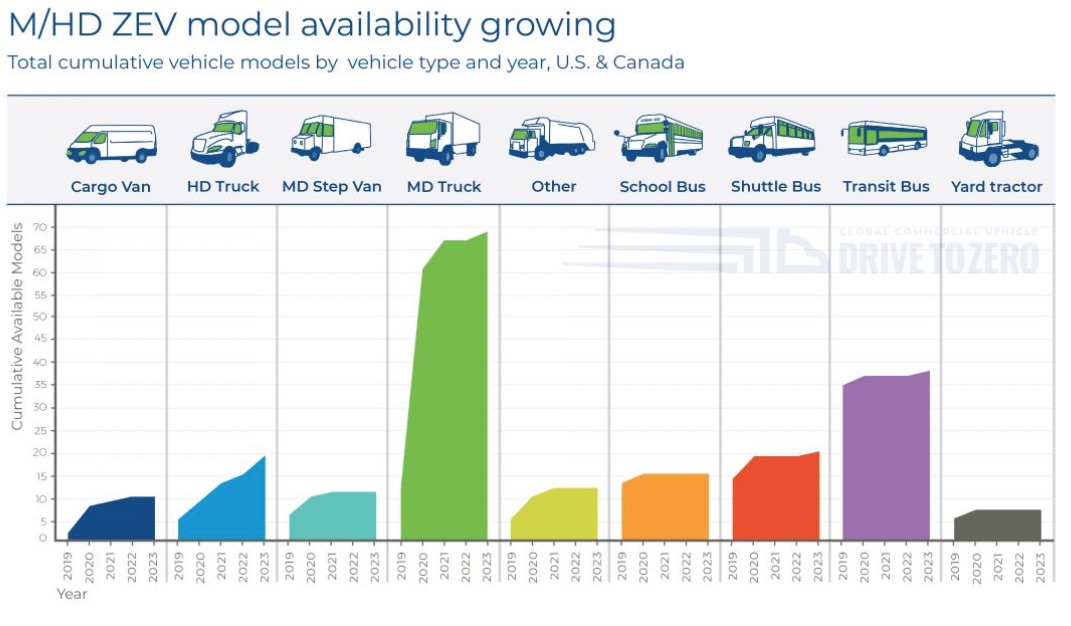
Transit and school buses, 100 miles range required
“We are already seeing a healthy number of zero-emission transit and school buses rated for at least 100 miles, and the zero-emission trucks currently on the market offer similar ranges,” said Ben Mandel, CALSTART’s Northeast Regional Director who leads the ZETI team. “In the coming two-to-three years, we expect to see a growing number of zero-emission medium- and heavy-duty trucks in the 200-mile or greater range, with a few extra long-distance models greater than 600 miles by 2023.”
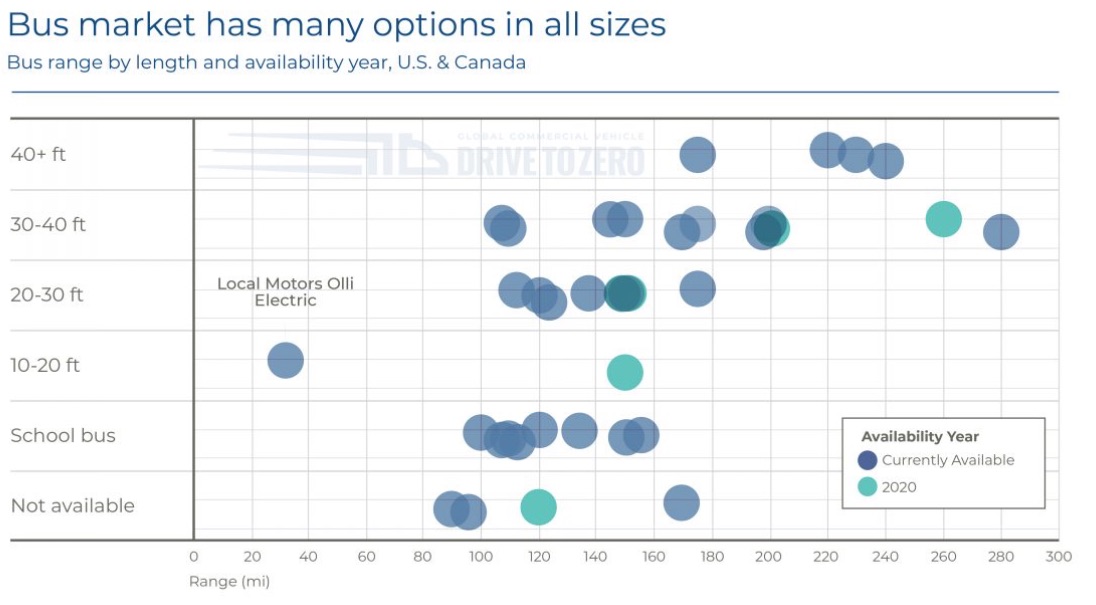
“Having sold well over 60,000 all-electric commercial vehicles worldwide, BYD is pleased to see CALSTART taking the lead in publicizing the breadth of medium and heavy duty electric vehicles currently available for sale in the US and across the globe,” said Stella Li, President, BYD Motors, Inc. “Electrifying commercial vehicles will continue to play a critical role in reducing the climate change and air quality impacts of the transportation sector; BYD is proud to support and partner with CALSTART in working towards that goal.”
A set of tools by CALSTART for Drive to Zero
ZETI and the Policies and Actions Toolkit are among the first set of tools developed by CALSTART’s Drive to Zero program. Drive to Zero unites key regions of change, along with leading manufacturers and fleet users, to collaboratively speed development and adoption through policies, financial incentives, infrastructure investments and pilot projects that support early market success and create conditions for organic growth.
Drive to Zero’s goal is to make ZE commercial vehicles commercially viable by 2025 and dominant by 2040 in specific vehicle segments and regions through a strategy, the Beachhead Strategy, designed to catalyze the ZE commercial vehicle segment, CALSTART points out.
The nonprofit organization highlights that «industry leaders such as (but not limited to) BYD Motors, the Ingka Group (IKEA’s parent company), Nikola Motors, Siemens, The Lion Electric Co., New Flyer Industries, Southern California Edison, Ryder, and governments like the nation of Canada, Region Vestra Goteland in Sweden, the cities of Los Angeles, New York, Vancouver, Oslo, and Sacramento have agreed to work collaboratively to achieve Drive to Zero’s goal to drive market viability for the ZE commercial vehicle sector in key applications and regions by 2025 and achieve full market penetration by 2040».
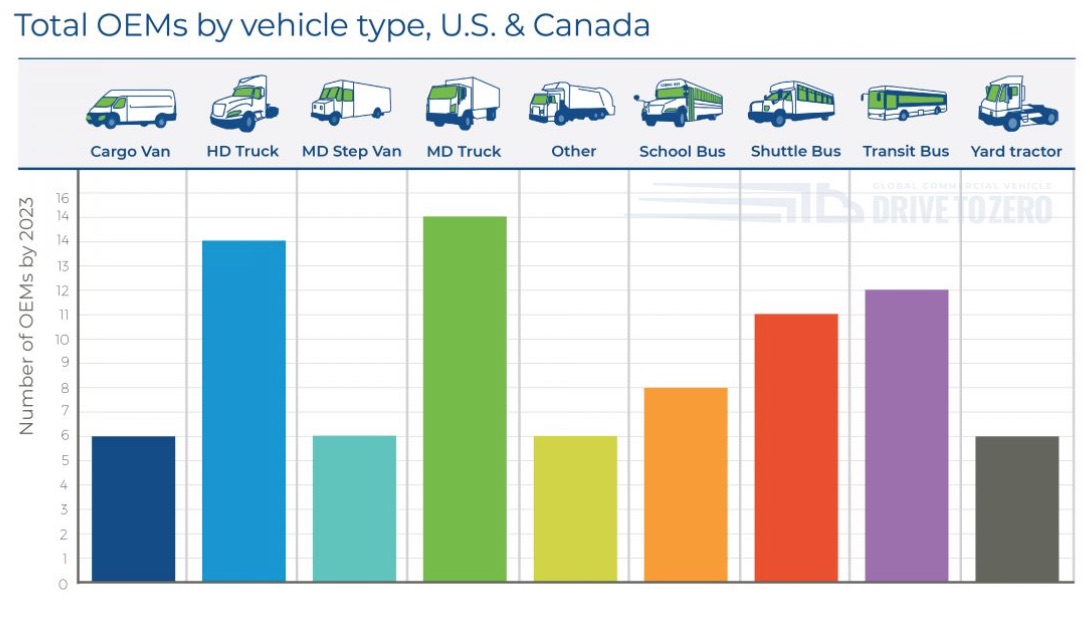
Covid-19, an opportunity to transform transport
“Covid-19 has brought into sharp focus just how critical our e-commerce, shipping and transportation industries and the vehicles that power them are to our worldwide economy, our health and our daily lives,” said Bill Van Amburg, Executive Vice President of clean transportation accelerator CALSTART. “Now as we recover from these unprecedented challenges, we must embrace the immediate opportunity to transform transport with the clean technologies becoming available, and strongly support the innovators ready to build, buy and use them.”
Goods transportation, big commitments coming
From the goods side, “UPS strongly supports sustainable, zero-emission vehicles being available for purchase and deployment,” said Scott Phillippi, senior director of maintenance and engineering, International Operations, UPS. “With roughly 1,000 electric/hybrid electric vehicles already operating in cities around the world, UPS expects to continue to help lead the charge on the electrification of commercial vehicles over the next five years. There’s a need for more zero-emission vehicles, it’s the right thing to do for the planet, and it also has the potential to make good business sense.”
“By signing The Climate Groups EV100 initiative, we’ve committed to push the transformation of the vehicle infrastructure from combustion engine vehicles to electrical vehicles. By 2025 we will have electrified our fleet of vehicles used for last mile deliveries and expanded charging infrastructure for electrical vehicles at our sites. With collaboration and innovative practices we can deliver on our commitments to our customers,” said Steven Moelk, Project Implementation Manager, Zero Emission Delivery, at IKEA Retail U.S.



